Indoor plants are a fantastic addition to any home, bringing a touch of nature indoors and enhancing the aesthetic appeal of your living spaces. However, caring for these plants can be tricky, especially when it comes to fertilization. Over-fertilizing is a common mistake that can harm your indoor plants, leading to yellow leaves, wilting, or even death.
Understanding Over-fertilization
Over-fertilization occurs when plants receive too much fertilizer, causing an excess of nutrients in the soil. This can lead to nutrient imbalances, salt buildup, and root damage, which manifest as the following symptoms:
- Yellowing or browning of leaves
- Wilting or drooping
- Leaf burn or scorched leaf tips
- Stunted growth or no growth at all
- White crust on the soil surface
If you notice these signs in your indoor plants, it’s crucial to take immediate action to save them.
Steps to Save Over-fertilized Indoor Plants
1. Identify the Problem

The first step is to identify whether over-fertilization is the cause of your plant’s distress. Check for the symptoms listed above and look for a white, crusty buildup on the soil surface, which indicates salt accumulation from excess fertilizer. For example, the Snake Plant (Sansevieria trifasciata), may show yellowing or browning leaves if over-fertilized.
2. Remove Excess Fertilizer
If you suspect over-fertilization, the next step is to remove as much of the excess fertilizer as possible:
- Carefully remove the top layer of soil where the fertilizer is concentrated.
- Rinse the remaining soil by flushing it with water. This process, called leaching, helps wash away the excess nutrients.
Also Read- How Indoor Plants Can Help You Sleep Better
3. Repot the Plant

Repotting is an effective way to give your plant a fresh start:
- Choose a pot with drainage holes to prevent waterlogging.
- Use fresh, high-quality potting soil.
- Gently remove the plant from its current pot, shake off as much of the old soil as possible, and trim any damaged roots.
- Place the plant in the new pot and fill it with fresh soil, ensuring the roots are well-covered.
For instance, if you have a Peace Lily (Spathiphyllum) repotting can help in removing the accumulated salts and providing a healthier environment for the roots.
4. Water Thoroughly

After repotting, water the plant thoroughly to help settle the soil and remove any remaining salts:
- Ensure the water drains well to avoid waterlogging.
- Continue to water the plant regularly but avoid overwatering.
The ZZ Plant (Zamioculcas zamiifolia), thrives well with minimal watering and can recover quickly once repotted and watered properly.
5. Provide Proper Care

Once you have addressed the over-fertilization issue, provide your plant with proper care:
- Place it in an area with appropriate light conditions based on the plant’s requirements.
- Maintain consistent watering and avoid letting the soil dry out completely or remain soggy.
- Monitor the plant closely for new growth and signs of recovery.
For example, the Spider Plant (Chlorophytum comosum) prefers bright, indirect light and evenly moist soil, making it easy to monitor and care for after over-fertilization recovery.
Also Read- Ultimate Guide To Caring For Your Snake Plant: Tips And Tricks
6. Use Fertilizer Wisely
To prevent over-fertilization in the future, follow these tips:
- Use a balanced, water-soluble fertilizer and dilute it to half the recommended strength.
- Fertilize only during the plant’s active growing season, typically spring and summer.
- Avoid fertilizing newly potted plants for at least a month.
For example, the Snake Plant should only be fertilized once every few months with a diluted, balanced fertilizer to avoid over-fertilization.
Conclusion
Saving over-fertilized indoor plants requires quick action and proper care. By identifying the problem, removing excess fertilizer, repotting, and providing the right care, you can help your indoor plants recover and thrive. Remember to use fertilizers wisely and follow the specific care guidelines for each plant to avoid over-fertilization in the future.


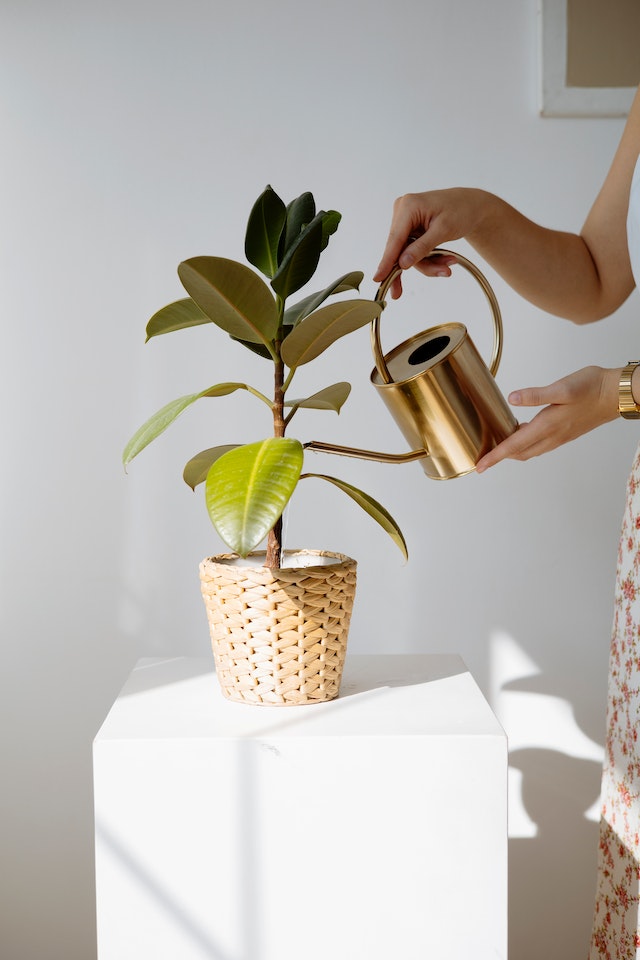

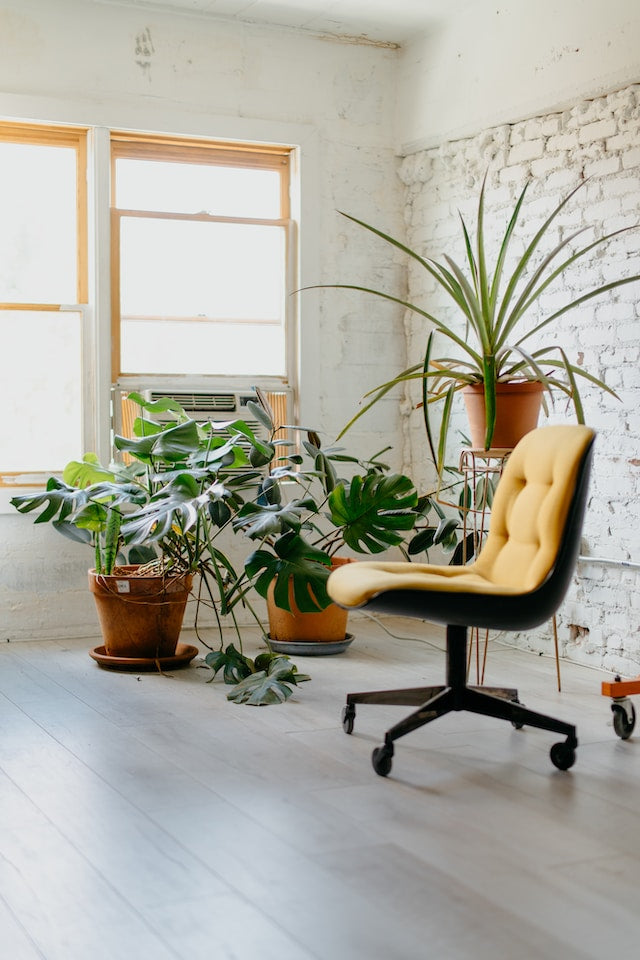
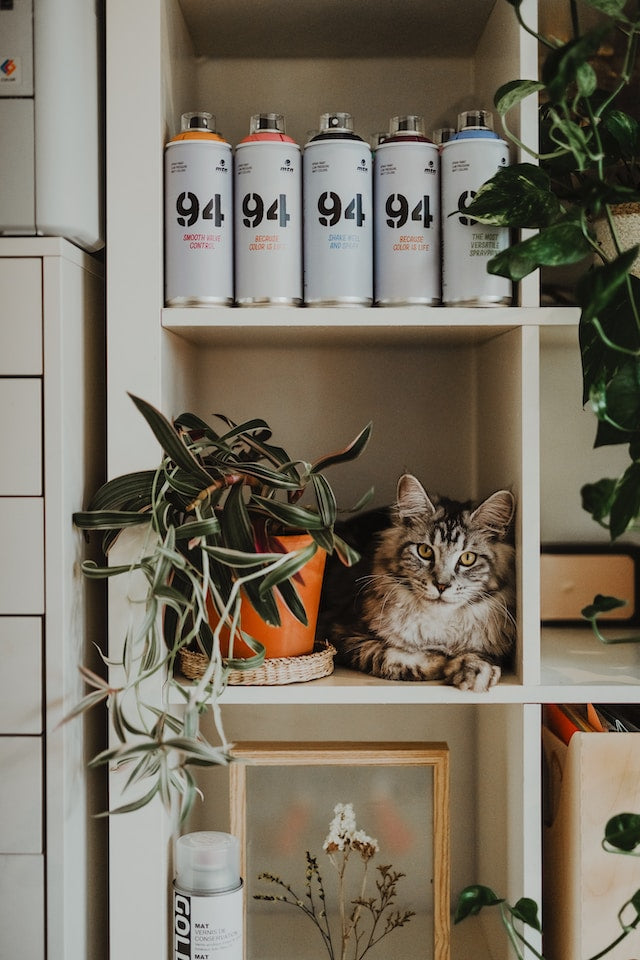
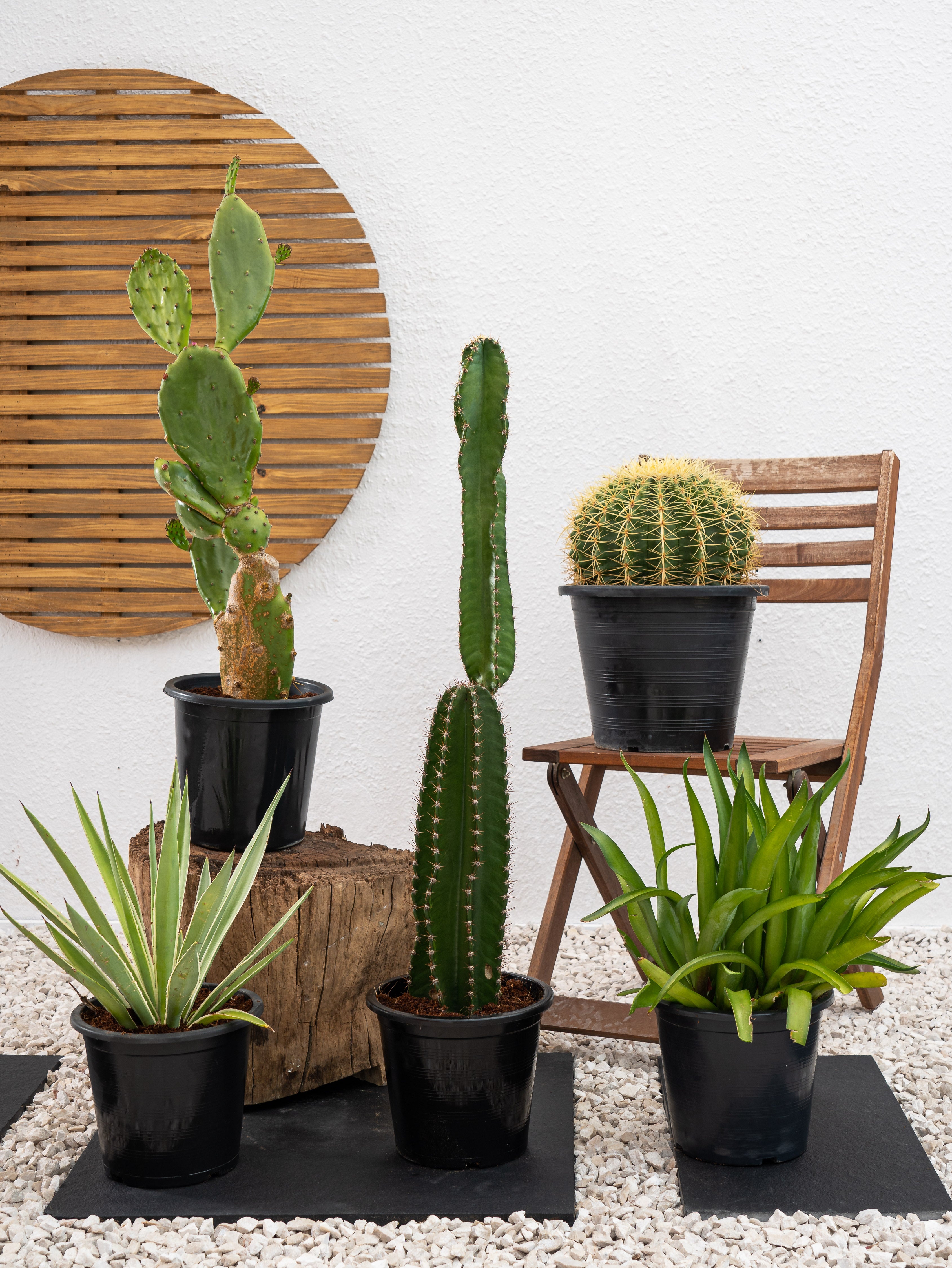
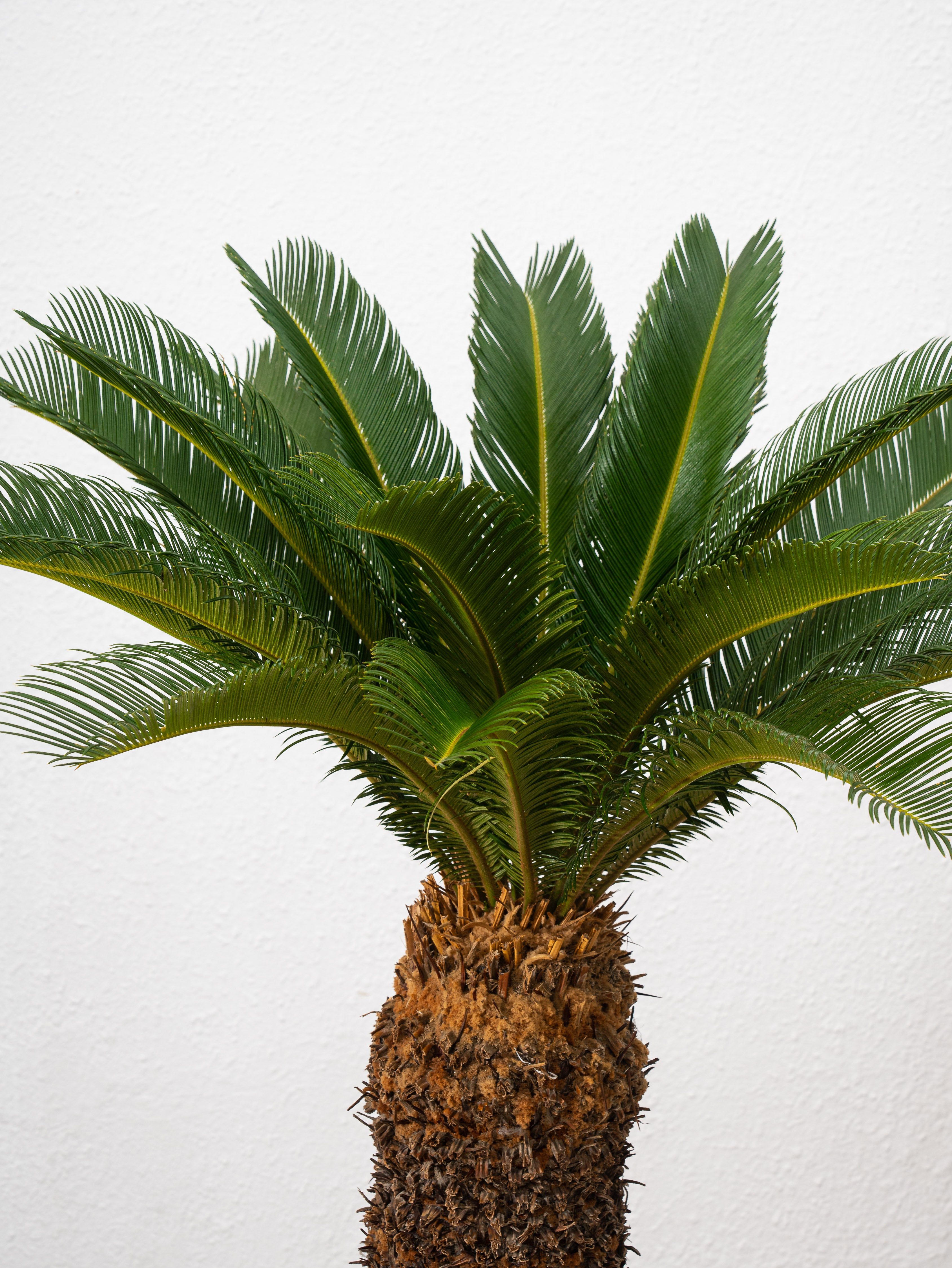
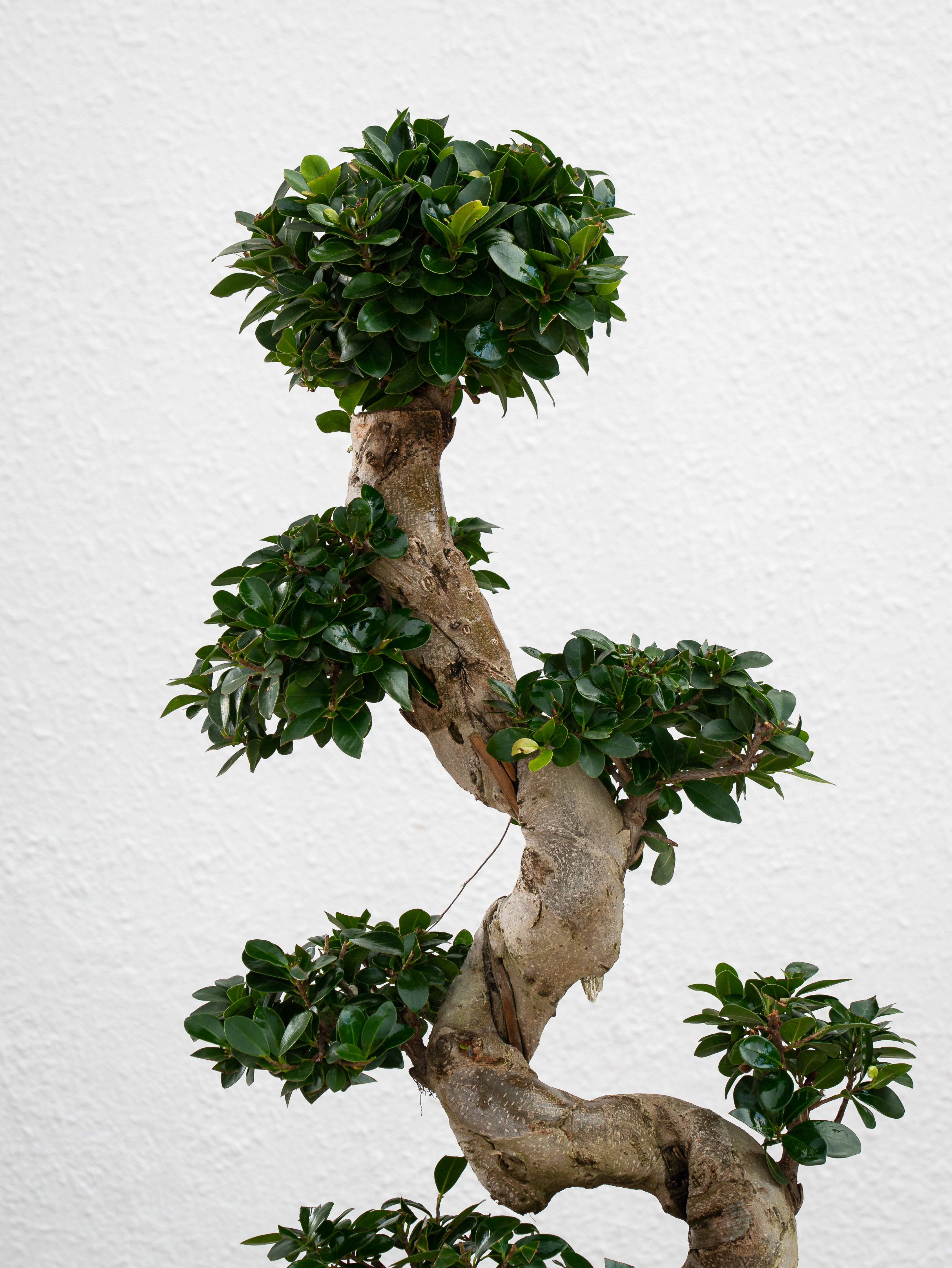
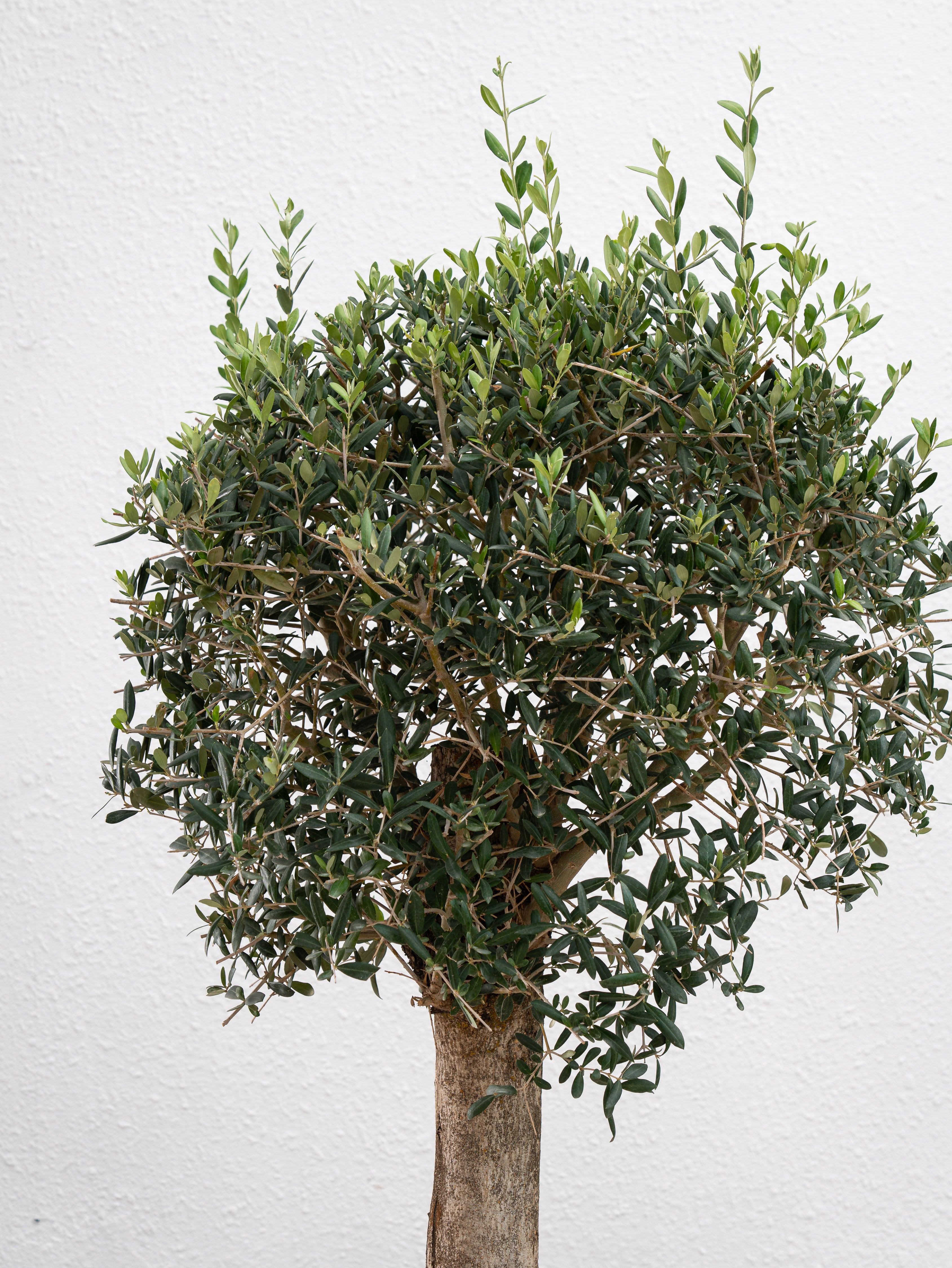



Leave a comment
This site is protected by hCaptcha and the hCaptcha Privacy Policy and Terms of Service apply.